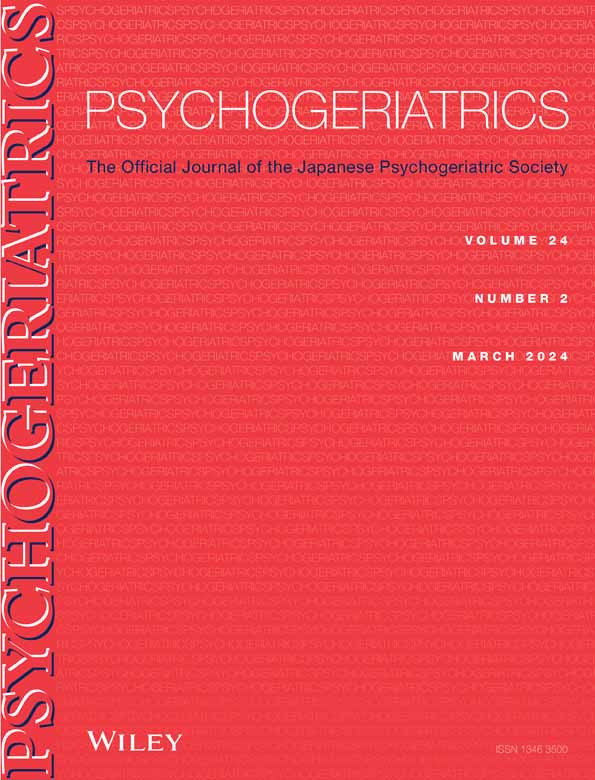A comparative transcranial magnetic stimulation study: Assessing cortical excitability and plasticity in Alzheimer's disease, dementia with Lewy bodies and Frontotemporal dementia
Disclosure: We have no known conflict of interest to disclose.
We confirm that we have read the Journal's position on issues involved in ethical publication and affirm that this report is consistent with those guidelines.
Abstract
Background
Here, we aimed to investigate the roles of long-term potentiation-like (LTP-like) plasticity using intermittent theta burst (iTBS) protocol and resting motor threshold (rMT) in the differential diagnosis of Alzheimer's disease (AD), diffuse dementia with Lewy bodies (DLB) and frontotemporal dementia (FTD).
Method
We enrolled 21 subjects with AD, 28 subjects with DLB, 14 subjects with FTD, and 33 elderly subjects with normal cognitive functions into the study. We recorded rMT and percentage amplitude change of motor evoked potentials (MEPs) after the iTBS protocol in each group.
Results
In patients with AD and DLB, the percentage amplitude change of MEPs, and rMTs were significantly lower than in healthy subjects. However, no significant difference was observed in individuals with FTD.
Conclusion
Our findings showed that transcranial magnetic stimulation measures, particularly rMTs and LTP-like plasticity, may be potential biomarkers to distinguish between different dementia subtypes. Impaired motor cortical excitability and synaptic plasticity were more prominent in AD and DLB than in FTD. This aligns with the evidence that cortical motor networks are usually spared in FTDs in early-to-middle stages.
Open Research
DATA AVAILABILITY STATEMENT
The data that support the findings of this study are available on request from the corresponding author. The data are not publicly available due to privacy or ethical restrictions.




